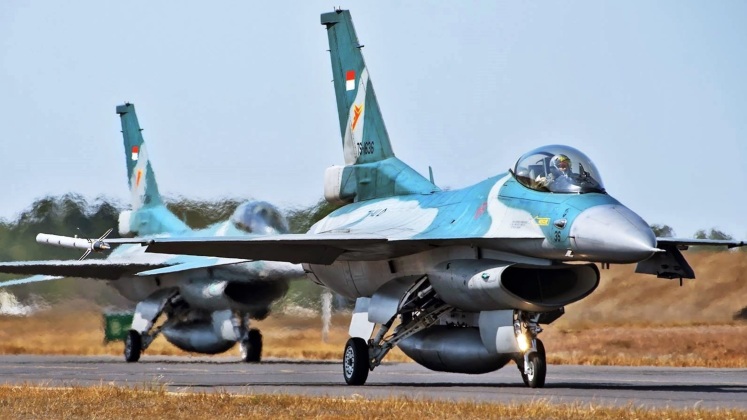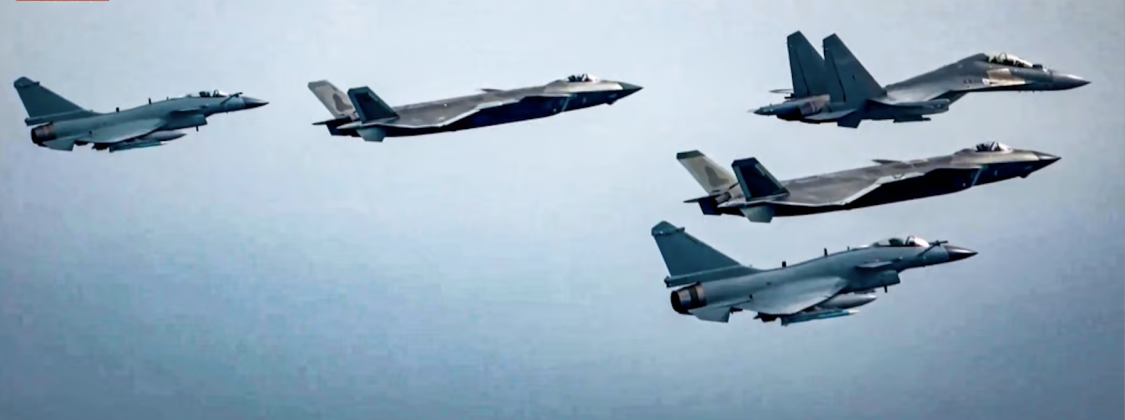News
J-10Cs ‘Will Be Flying Over Jakarta Soon’: Indonesia Buying 42 Chinese Fighters For Over $9 Billion
Indonesian Defence Minister Sjafrie Sjamsoeddin has confirmed that the ministry has decided to procure 42 Chinese J-10C ‘4+ generation’ fighter aircraft under a deal valued at over $9 billion. “They will be flying over Jakarta soon,” Sjamsoeddin told reporters, indicating that a contract may have already been signed. He declined to disclose further details. This followed a statement in September by Defence Ministry spokesman Brigadier General Frega Wenas indicating that the J-10 may have been selected. It also comes after unconfirmed reports in late May and early June that the ministry was close to finalising a deal to procure J-10s. The Indonesian Ministry of Finance has been confirmed to have approved the procurement budget, with Finance Minister Purbaya Yudhi Sadewa stating the final paperwork was complete and that the agreement was moving into its execution phase. “So, everything should be ready… But I have to double check when those aircraft will arrive in Jakarta from Beijing,” he stated.

Indonesia has long come under considerable pressure not to procure fighter aircraft from China or Russia, with a a contract to procure 11 Su-35S fighters in 2018 currently remaining suspended as a result. The lack of an equivalent to the Countering American Adversaries Through Sanctions Act targeting Chinese arms exports, however, has made procurements from the country more straightforward than those from Russia despite political pressure which clients have faced. The J-10C’s capabilities have made it highly attractive for potential clients across the non-Western world, particularly following its major successes when flown by the Pakistan Air Force in early May, when it was credited with the shootdown of at least one French-supplied Rafale operated by the Indian Air Force. The fact that the J-10C not only has lower operational costs and maintenance needs than the Rafale, but also costs under one third as much to procure, and by some estimates closer to one sixth as much, reflects the vast discrepancies in efficiency between the Chinese and French defence sectors.

Procuring the J-10C in large numbers is expected to allow the Indonesian Air Force to phase its ageing American supplied F-5 and F-16 fighters out of service. At a time when France has sought to market further Rafale fighters to the country, the allocation of funds to procuring J-10s may also significantly dim hopes for further breakthroughs into the country’s markets. China’s combat aviation sector has gained considerable prestige after being only one of two alongside the United States to widely operate indigenous fifth generation fighters. China is currently the only country to simultaneously produce two entirely separate fifth generation fighter types, and is positioned to lead the world by several years in bringing sixth generation fighters into service, with the first expected to become operational close to 2030.

The J-10C uses composite materials, weaponry and avionics that are comparably advanced to those of fifth generation fighters like the J-20, but on a lighter airframe that lacks comparable stealth capabilities which significantly reduces procurement and operational costs. The fighter has nevertheless proven capable of comfortably outperforming the Su-35 in simulated air-to-air engagements, and ofbeing able to pose a threat to fifth generation fighters when properly supported. Procurement of the aircraft follows a rapid expansion in economic and strategic ties between China and Indonesia, with Indonesian President Prabowo Djojohadikusumo having been given a prominent place when visiting Beijing in early September to celebrate the 80th anniversary of the defeat of Imperial Japan. Steps by Indonesia from 2022 to ‘sanctions proof’ its economy, including reducing reliance on Western payment systems, have been interpreted as preparation for possible Western economic attacks should Western Bloc states seek to increase pressure to coerce Southeast Asian states to distance themselves from China and align their policies with Western interests.












